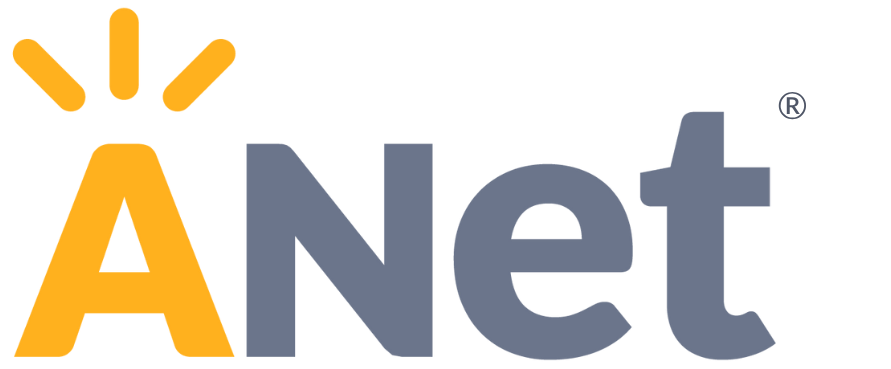How to strengthen support for English language learners with standards that have heavy speaking and writing requirements. We'll focus on sixth-grade number system standards as an example.
Research shows that language development and mathematical understanding are intertwined. As educators, we want to help our students grow not just in their skill at finding answers, but also in their ability to argue, critique, reason, and communicate precisely. And no group of our students is counting on our explicit support with this as much as our students who are learning English.
As part of our process for revising our interim assessments, ANet’s assessment team periodically looks at how items perform across different demographics. We occasionally identify individual items that address a variety of standards that appear to disadvantage certain groups of students. A surprising number of these items come from one particular cluster of standards: Year after year, English language learners consistently score 5 to 10 percentage points lower than their peers on 6.NS.C (Number System) standards. This gap is inconsistent with what we see in other sixth-grade domains, where ELLs usually match or even exceed their peers’ performance.
What could be making the 6.NS.C cluster difficult for students learning English? A closer look at what students need to do to meet these standards provides some clues:
6.NS.C.5 Understand that positive and negative numbers are used together to describe quantities having opposite directions or values (e.g., temperature above/below zero, elevation above/below sea level, credits/debits, positive/negative electric charge); use positive and negative numbers to represent quantities in real-world contexts, explaining the meaning of 0 in each situation.
6.NS.C.7c Understand the absolute value of a rational number as its distance from 0 on the number line; interpret absolute value as magnitude for a positive or negative quantity in a real-world situation. For example, for an account balance of -30 dollars, write |-30| = 30 to describe the size of the debt in dollars.
As you can see, this domain is all about describing positive and negative quantities. And students need to do a lot of talking and writing to process the new, abstract idea of negative numbers! Making and explaining connections to their own experiences with things like temperature and money helps the concepts come alive for students. But while our ELLs bring just as much knowledge to our classrooms as their peers do, working in a non-native language hinders their ability to engage in this process. Fortunately, there are research-based strategies, summarized below, that can help educators strengthen the connection between content and language so all students can be successful in this domain and across all other standards.
| MATH LANGUAGE PITFALLS | WHAT TO DO INSTEAD |
|---|---|
| Simplifying speech or text so that students don’t have to encounter academic language | Amplify academic language by representing it in multiple ways: visuals, manipulatives, graphic organizers, and think-alouds. This resource from Achieve the Core has some ideas for how to do this. |
| Assuming that students will learn academic language simply by being immersed in it | Use scaffolds, like Mathematical Language Routines, that promote authentic opportunities for using and refining language with peers. |
| Thinking students aren’t ready to engage in academic discussion until they have mastered the relevant vocabulary
Teaching math vocabulary mini-lessons as a detour from the main content |
Let formal language develop naturally through the content as students realize precise terms are needed to articulate certain ideas |
